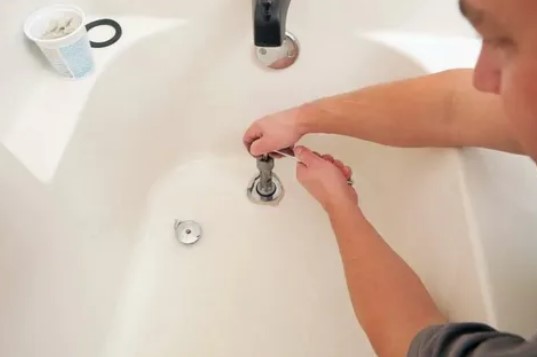Exploring Hot Tub Replacement Services in California: A Comprehensive Guide
When it comes to enhancing relaxation and wellness, hot tubs have become a popular choice for many Californians. Over time, however, these luxurious additions to our homes may require maintenance or replacement. In this article, we will delve into the importance of hot tub replacement services in California and what you need to consider when seeking professional assistance.
The Growing Demand for Hot Tub Replacement Services in California:
As hot tubs become an integral part of California's lifestyle, the demand for maintenance and replacement services has surged. The state's diverse climate, ranging from coastal areas to inland regions, can impact the longevity of hot tubs, making periodic replacements a necessity.
Why Consider Hot Tub Replacement?
-
Wear and Tear: Hot tubs are exposed to the elements year-round, leading to wear and tear over time. Regular use, coupled with varying weather conditions, can result in deterioration of the tub's components, making replacement a practical solution.
-
Outdated Technology: Advancements in hot tub technology are continual. If your current hot tub lacks the latest features or energy-efficient options, replacement might be a wise choice to upgrade to a more modern and efficient model.
-
Energy Efficiency: Older hot tubs may lack the energy-efficient features found in newer models. Upgrading to a more eco-friendly option not only benefits the environment but can also save you money on energy bills in the long run.
Choosing the Right Hot Tub Replacement Services in California:
-
Licensed and Insured Professionals: When considering hot tub replacement services in California, it's crucial to hire licensed and insured professionals. This ensures that the technicians have the necessary skills and knowledge to handle the replacement process safely.
-
Experience and Expertise: Look for companies with a proven track record in hot tub replacement. Experienced technicians are better equipped to assess your specific needs and provide tailored solutions, ensuring a seamless replacement process.
-
Customer Reviews and Testimonials: Take the time to research customer reviews and testimonials about the hot tub replacement services you are considering. Positive feedback is a good indicator of reliable and satisfactory service.
Conclusion:
As hot tubs continue to be a beloved feature of California homes, understanding the importance of replacement services is crucial. Whether due to wear and tear, outdated technology, or a desire for improved energy efficiency, replacing your hot tub can rejuvenate your relaxation experience.



